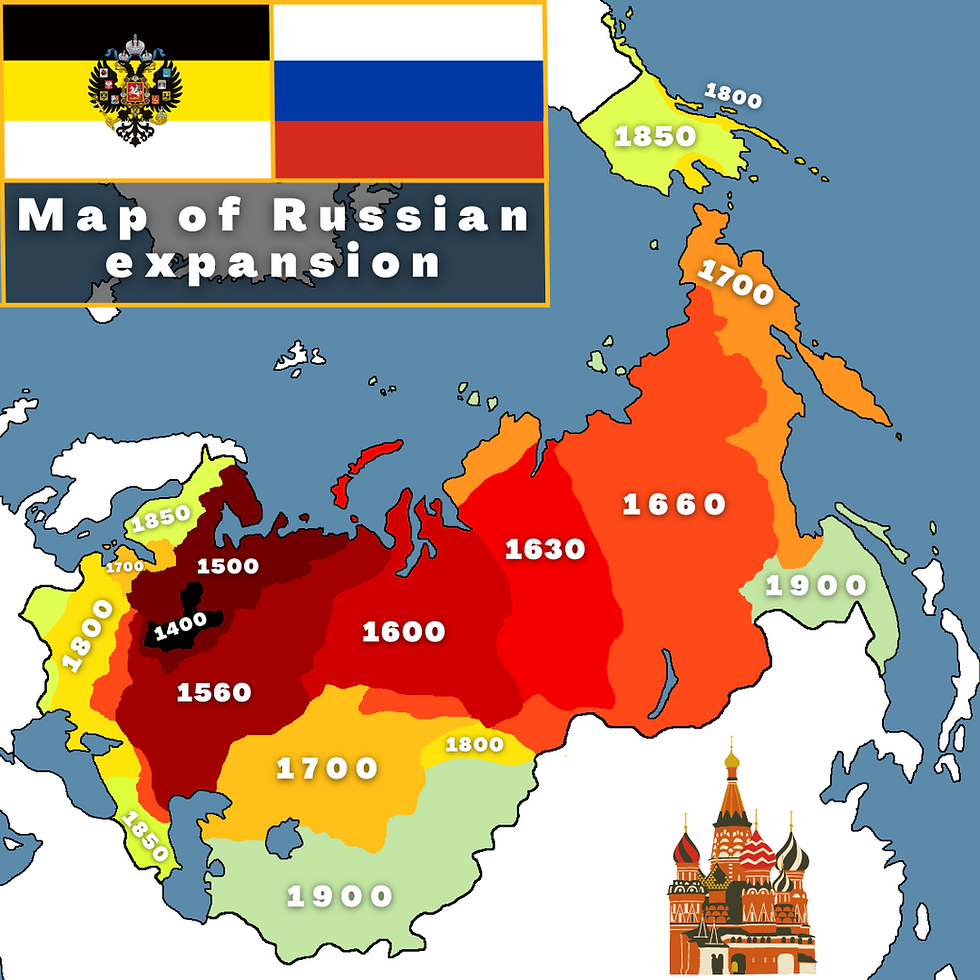Which parts of the USSR could foreign citizens visit in 1948?
- hunmapper

- Jul 16, 2021
- 2 min read
During the Cold War large parts of the Soviet Union were closed to foreign citizens. The process of visiting the Soviet Union was very complicated and restricted especially in the 1940s and '50s.

Why were areas closed?
As visible on the map, the entire land border of the Soviet Union was closed. This prevented foreign spies to leave the country easily on the green border*. Those areas which were populated by non-Russian were usually closed especially if some kind of forced assimilation took place in the region. Many cities of strategic importance were closed, as well as the areas of important military objects, nuclear power plants etc. The areas surrounding Moscow were also closed to prevent foreigners from leaving the city.
Was Siberia where most Gulags existed really visitable?
According to the Soviet leadership large parts of Siberia were visitable. However this only was true on paper. In order for a foreigner to visit Siberia they first had to arrive to one of the (few) international airports. After they would have to take the Trans-Siberian Railway. However this is where the problems start as parts of the railway were in "red areas" in which travelling was forbidden. The only way to reach Siberia legally on land was through the Komi Republic which is located on the Western Slopes of the Ural Mountains. Even today roughly 70% of its territory is forest while swamps make up another 15%. The next challange would be even harder: cross the Ural mountains. It can be safely stated that visiting Siberia on land was almost impossible. By water it was even harder because of the extremly cold climate of Northern Siberia and the presence of the Russian Artic Fleet.
* green border: weakly protected or entirely unprotected section of a country's border. The name comes from the vegetation as usually these parts of the borders are usually forests, grasslands or marshes.




Comments